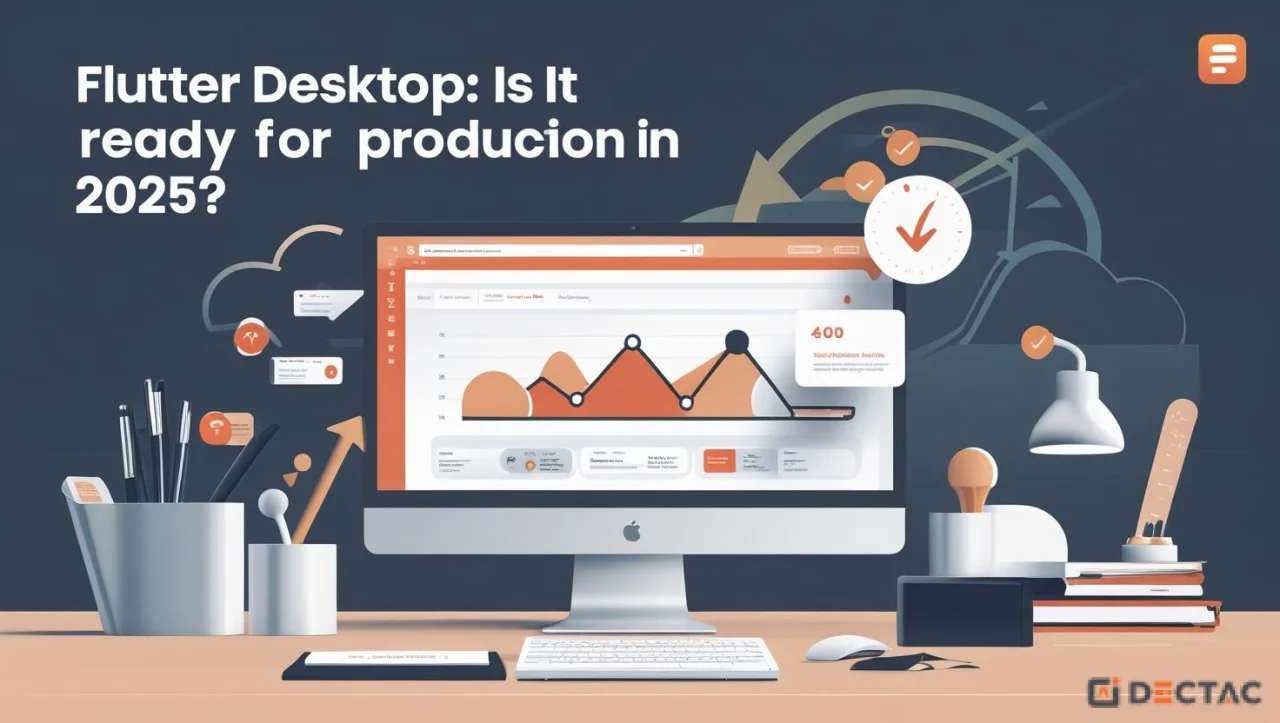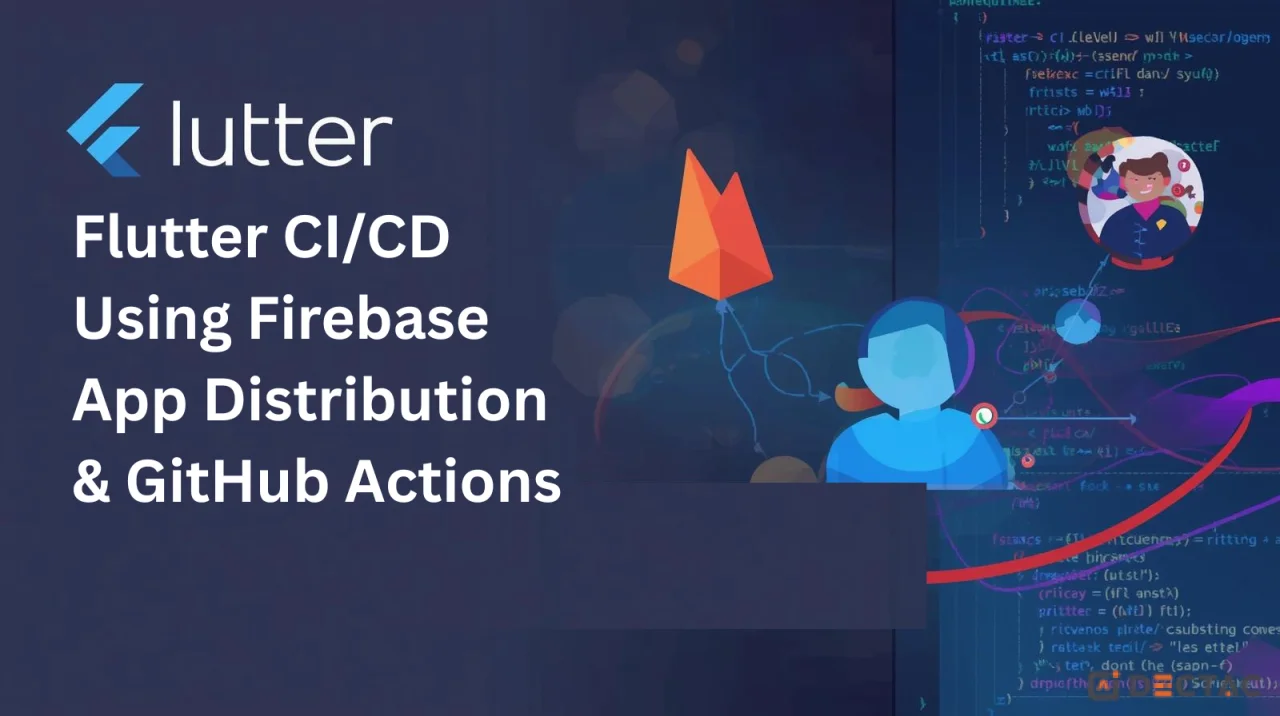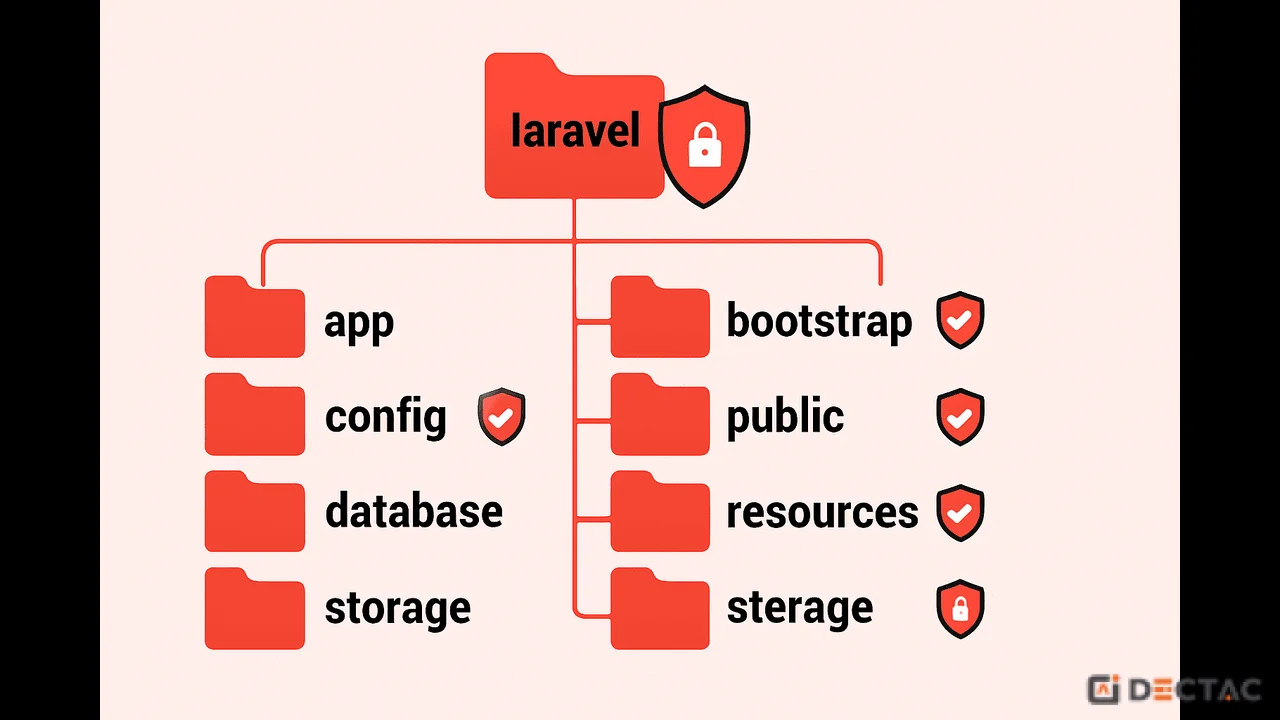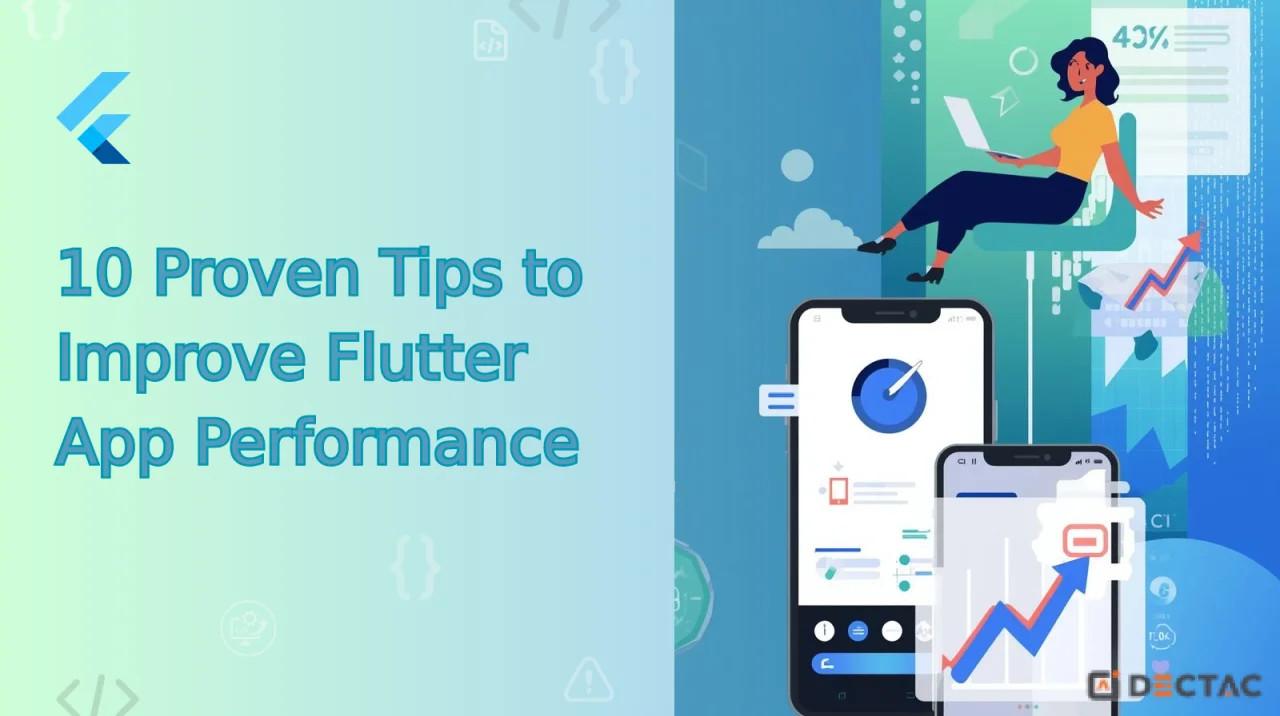Introduction
Flutter, Google’s powerful UI toolkit, is best known for its mobile app development capabilities. However, the topic of discussion is changing in 2025: is Flutter Desktop prepared for production? With increasing support for Windows, macOS, and Linux, Flutter Desktop is drawing serious attention from startups and enterprises alike.
What is Flutter Desktop?
Flutter Desktop expands Flutter's functionality to create applications for:
- Windows
- macOS
- Linux
It uses the same Dart language, UI framework, and Skia rendering engine that powers Flutter mobile apps. You write once, and the same code can target desktop platforms—with platform-specific tweaks where needed.
In contrast to Electron (which uses Chromium), Flutter compiles to native machine code, offering faster performance and better integration with system APIs.
The Reasons Flutter Desktop Will Is Ready for Production by 2025
1. Mature SDK and Plugin Ecosystem
Flutter Desktop currently supports the Desktop Windows ongoing community and Google support:
- File operations
- System tray features
- Drag-and-drop
- Printing
- Clipboard access
- Native menus
- Notification APIs
Popular packages like path_provider, shared_preferences, url_launcher, and sentry_flutter now work across desktop platforms.
2. Native-Like Performance
Flutter compiles to native binaries via AOT (Ahead-of-Time) compilation. This means:
- Fast app startup
- Low CPU/memory overhead
- Smooth animations
- No Chromium bloat (unlike Electron)
3. Unified Development Workflow
The same codebase and tools (Flutter CLI, Visual Studio Code, and Android Studio) can be used by developers to create:
- iOS apps
- Android apps
- Web apps
- Desktop apps
This speeds up and lowers the cost of app maintenance and team onboarding.
Pros of Using Flutter Desktop in Production
Cross-platform with One Codebase: Continue to use a single codebase for desktop, web, and mobile.
Strong UI Control: Use custom widgets, Material/Cupertino UI components, and animations.
Platform Channels: Flutter allows calling native C++, Java, Objective-C, or Swift code using Platform Channels or dart:ffi (Foreign Function Interface).
Better than Electron for Many Use Cases: Flutter apps are significantly faster and lighter than Electron apps.
Open Source and Growing: Over 150K+ GitHub stars and a thriving community of contributors and plugin developers.
Cons & Limitations in 2025
Despite being production-ready for numerous applications, Flutter Desktop still has limitations.
Limited IDE Support: Certain Flutter tools are mobile-centric and may not offer desktop-specific debugging insights.
App Size: Flutter Desktop apps are larger than native Windows apps due to bundled dependencies.
Multi-Window Support Still Evolving: Though better in Flutter 4.0, advanced multi-window use cases can be tricky.
Missing Some Native Integrations: Some low-level APIs (e.g., registry access, GPU settings) require custom native code or are unsupported.
Real-World Use Cases
1- Internal Enterprise Tools
- Inventory management systems
- Custom CRM dashboards
- POS systems
2- Finance & Data Analytics
- Real-time dashboard apps
- Spreadsheet-like UIs
- Visual reporting apps
3- Education Software
- Offline learning platforms
- Course authoring tools
- Interactive quizzes
4- Indie/Freelancer Apps
- Markdown editors
- Budget trackers
- Lightweight media players
Flutter Desktop vs Other Frameworks
Verdict: If you're already in the Flutter ecosystem, Flutter Desktop is the most efficient and modern cross-platform choice in 2025.
Setting Up Flutter Desktop
Step 1: Install Flutter SDK
Ensure you're using Flutter 4.0 or later and Dart 3.2+.
Step 2: Set up platform tools:
- For Windows: Visual Studio (not VS Code) with Desktop Development workload
- For macOS: Xcode
- For Linux: GTK+ dependencies
Step 3: Create a Desktop Project
flutter create my_desktop_app
cd my_desktop_app
flutter run -d windows # or macos/linux
Deployment Options
For Windows:
- .exe or .msix installer (via msix Flutter package)
For macOS:
- .app bundle or .dmg
For Linux:
- .deb, .AppImage, or .snap
Use tools like:
- flutter pub add msix
- flutter pub add package_info
- GitHub Actions for CI/CD
Production Best Practices
- Use const widgets for performance
- Split widgets for better rebuild control
- Use flutter_hooks for lighter state
- Minimize image and font asset sizes
- Offload computation to Isolate using compute()
- Implement error logging (Sentry, Firebase Crashlytics)
- Follow responsive UI guidelines with LayoutBuilder
Final Verdict: Is Flutter Desktop Ready?
YES—if you:
- Want to build cross-platform internal tools, SaaS apps, or productivity software
- Already use Flutter for mobile or web
- Need strong UI flexibility and native-like speed
NOT YET—If you:
- Require deep OS integrations like registry, drivers, or hardware access
- Need ultra-light binary size (<10MB)
- Want extensive multi-window and drag-and-drop UIs
In short, Flutter Desktop is ready for many real-world production apps in 2025, especially if you value UI control, cross-platform efficiency, and open-source flexibility.







